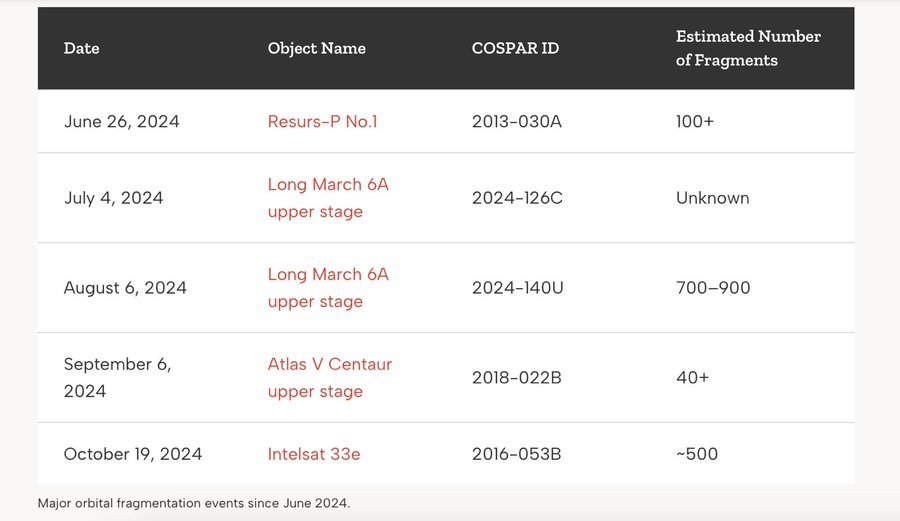
Understanding the Space Debris Crisis
Earth’s orbit has become increasingly cluttered with nearly one million pieces of space debris, each representing a potential disaster for satellites and other spacecraft.
This critical situation poses a significant risk to both current and future space missions, jeopardizing our ability to explore and utilize space effectively.
As the volume of debris grows, the urgency for stringent regulatory measures becomes undeniable.
A Call for Updated Regulations
Experts in the field are advocating for updated regulations to address the space debris crisis.
Among their proposals is the implementation of a five-year deorbit rule, which would mandate the removal of defunct satellites from low Earth orbit (LEO) within a specified time frame.
Additionally, there is a push for the development of smarter satellites that can avoid collisions and facilitate the recycling of older satellites.
Financial incentives for cleanup operations could further encourage responsible practices in space.

The Necessity of Innovative Leadership
The current framework of space laws is rapidly becoming obsolete, unable to effectively govern the vast and complex environment of our orbits.
Governments must take the lead in innovating and funding solutions to mitigate the risks posed by space debris.
Without proactive measures, we risk transforming Earth’s orbit into a no-fly zone for progress.
The future of space exploration is in our hands, and it is essential that we act responsibly to safeguard it.



